Santa Maria Novella Church Florence
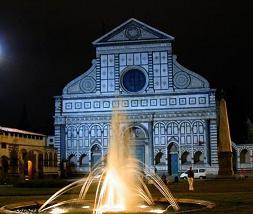
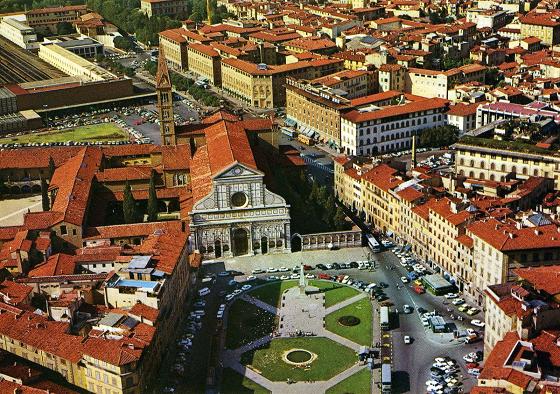
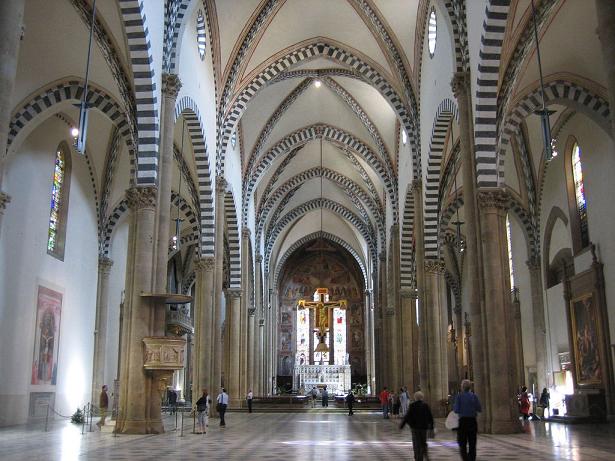
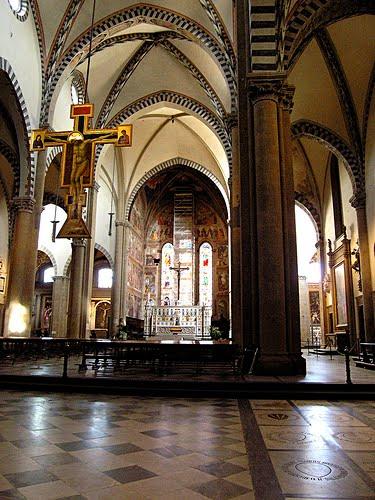




Piazza di Santa Maria Novella, 18 - 50123 Firenze
3,5
055-219257
Its construction began in 1246 and was completed in the first half of 1300 by Jacopo Talenti: Leon Battista Alberti renewed the beautiful facade in the middle of the XV century. In the sacristy you can admire the cross-painted by Giotto for the Dominican convent of Santa Maria Novella. The decorations inside the sacristy were entrusted to the most famous artists of the XIV century. The cure and beauty of the ornaments can be recognised with the name of Michelangelo, who called the church of Santa Maria Novella : "My bride".
Inside the church of Santa Maria Novella there is a cloister and on the north side, the convent (the convent of Santa Maria Novella). The church of Dominican order,was built on the site of an oratory of the X century.The complex was begun in 1246 by the Dominican Friars Sisto and Ristoro but was finished only in 1360 with the bell-tower and the sacristy by Frà Jacopo Talenti da Nipozzano.
The famous facade was begun around 1300 and remodelled in 1456-70 by Leon Battista Alberti commissioned by merchant Giovanni Rucellai. For this Renaaissance masterpiece, Alberti was inspired by some elements of the old Romanesque florentine churches, such as the green and white marble and the blind arches. A genial novelty is represented by the two medallions on both sides of the church.
The famous facade was begun around 1300 and remodelled in 1456-70 by Leon Battista Alberti commissioned by merchant Giovanni Rucellai. For this Renaaissance masterpiece, Alberti was inspired by some elements of the old Romanesque florentine churches, such as the green and white marble and the blind arches. A genial novelty is represented by the two medallions on both sides of the church.
The interior is in the form of a Latin cross with a nave and two aisles with columns,arches and ogival vaults.Among the most notable works we mention:The Trinity with Mary and St. John, a fresco by Masaccio (1427); a Crucifix by Brunelleschi, the only wooden sculpture of the Master still conserved; on the front wall, the Crucifix by Giotto; on the walls of the apse,some frescoes by Domenico Ghirlandaio representing Scenes of the Virgin and St. John the Baptist.
From the baroque portal on the left of the facade, we arrive ath the Cloisters of Santa Maria NovellaThe Green Cloister of the XIV century contains frescoes of Paolo Uccello.
On the north side of the cloister,a beautiful portal leads to the famous Spanish Chapel,ancient Chapter House of the Convent built by Jacopo Talenti after 1350 and destined for the religious functions of the Spanish members at the court of Eleonor of Toledo, wife of Cosimo I.
Behind the Chapel, the Small Cloister of Deaths with frescoes of the XIV century.
Behind the Chapel, the Small Cloister of Deaths with frescoes of the XIV century.
Timetable visits:
Week days 9.00 - 17.30
Festive days 13.00 - 17.00
Friday 11.00 - 17.30
Where we are
Others Churches
Previous
Next
-
Area: Centro storico
-
Area: Centro storico
-
Area: Centro storico
-
Area: Centro storico
-
Area: Centro storico
-
Area: Centro storico
-
Area: Centro storico
-
Area: Centro storico
-
Area: Centro storico
-
Area: Centro storico
-
Area: Centro storico
-
Area: Centro storico
-
Area: Semi-Centro
-
Area: Centro storico
-
Area: Centro storico
-
Area: Centro storico
-
Area: Centro storico
-
Area: Collina
-
Area: Centro storico
-
Area: Periferia
-
Area: Centro storico
-
Area: Centro storico
-
Area: Centro storico
-
Area: Centro storico
-
Area: Centro storico





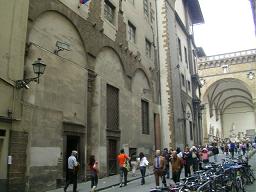
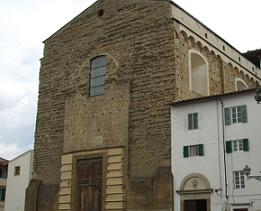


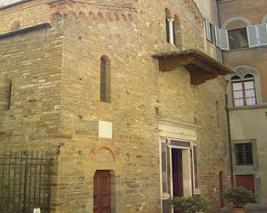
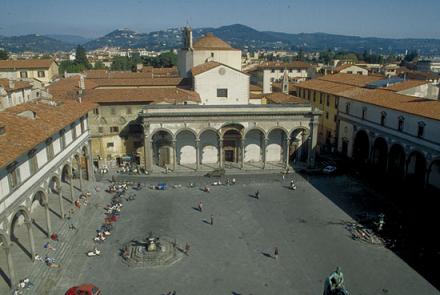
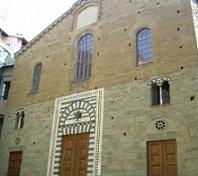
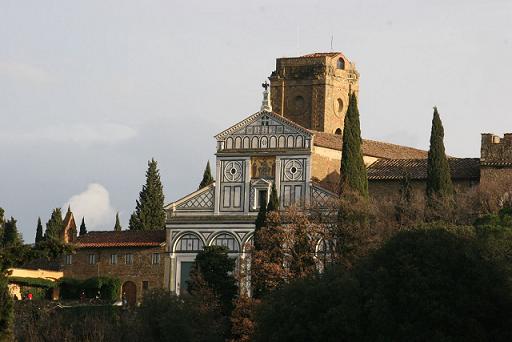
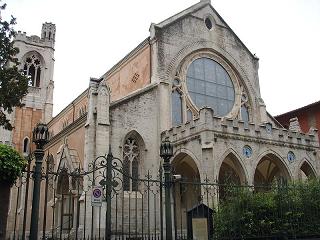
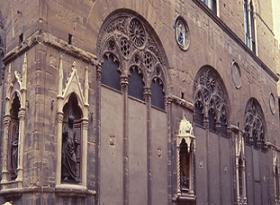
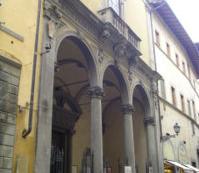
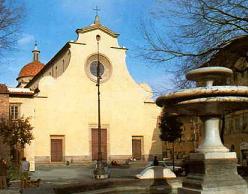
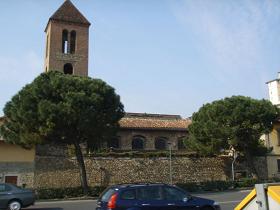
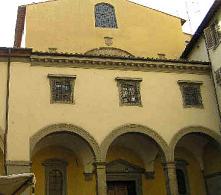

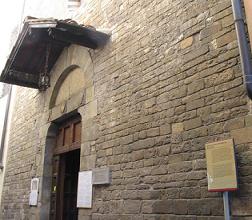
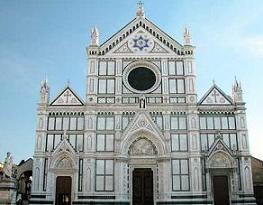

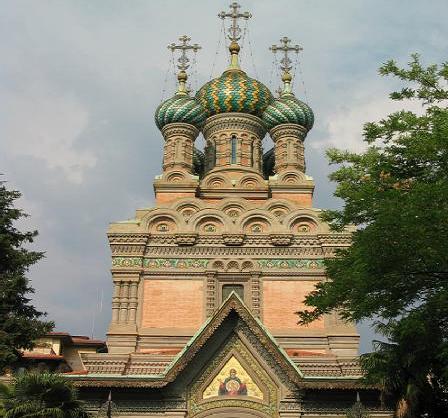
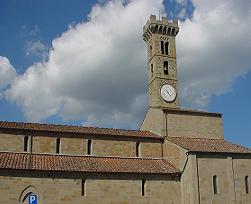
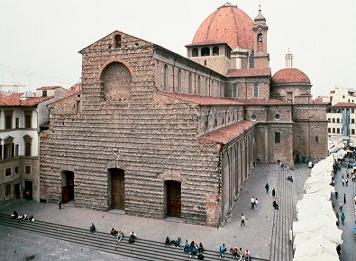
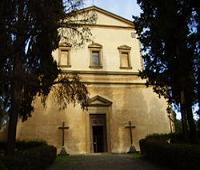
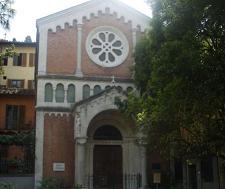
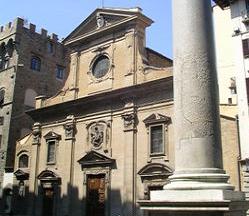
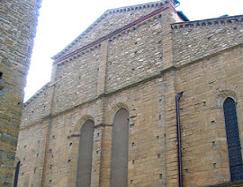
Comments